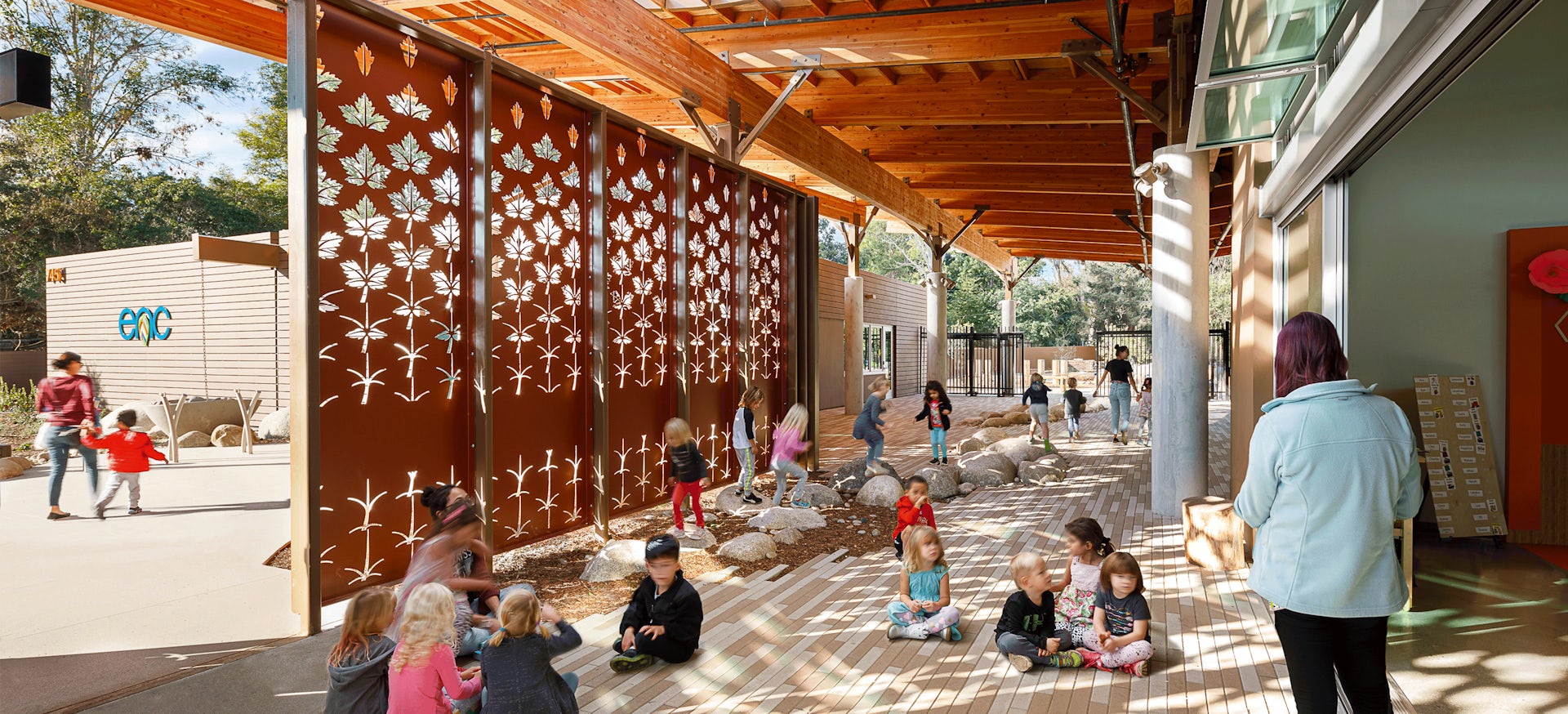Meeting carbon neutral targets in the built environment will require architecture firms to empower their project teams with additional training and educational tools, LPA Design Director of Commercial Keith Hempel said during Architecture 2030’s CarbonPositive RESET - “RESET! ARCHITECTURE: Designing to Meet 1.5ºC” keynote session last week.
“If the ultimate goal is carbon neutrality, we have to continue to evolve and refine our process to hit higher targets,” Hempel said.
Architecture 2030 organized the free virtual teach-in to focus attention on efforts across the globe to reduce embodied and operational emissions, and spotlight best practices. Hempel’s keynote panel was one of the highlights of the event, which explored many of the key challenges facing firms trying to reach the goals.LPA was the largest firm in the United States to meet the AIA 2030 Commitment benchmark for energy reduction in the latest AIA report. As an early supporter of the 2030 Commitment, which calls on firms to reduce fossil fuel energy use and greenhouse gas (GHG) emissions by 100 percent in new buildings by 2030, LPA continues to “invest in its people to provide training and education to give them the tools they need to be successful,” Hempel said.
LPA’s Keith Hempel Keynotes National 2030 Challenge Event

Keith Hempel Keynotes National 2030 Challenge Event from LPA's Irvine Studio
”Project teams are the ones that are client connected, best situated to align clients’ values with clients’ goals and in the best situation to set targets to track progress, understand and report results, so that we can strive for continuous improvement.”
Hempel also discussed how LPA’s integrated approach is applied across projects, even when working with outside teams and partners. “By bringing everyone to the table early on – clients, builders, all the designers in all disciplines – we can come together to co-author goals and define success and build consensus that we’re all heading in the right direction,” Hempel said. Watch the full keynote session here.














